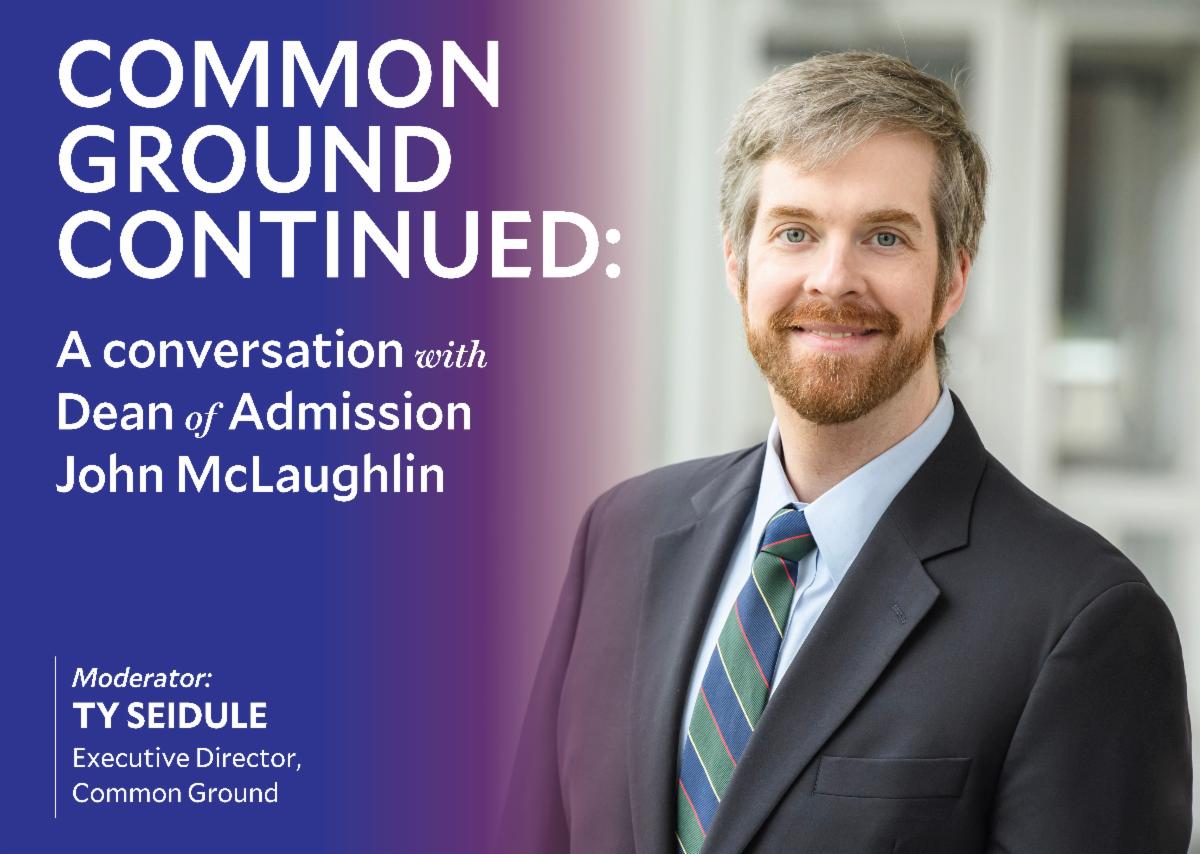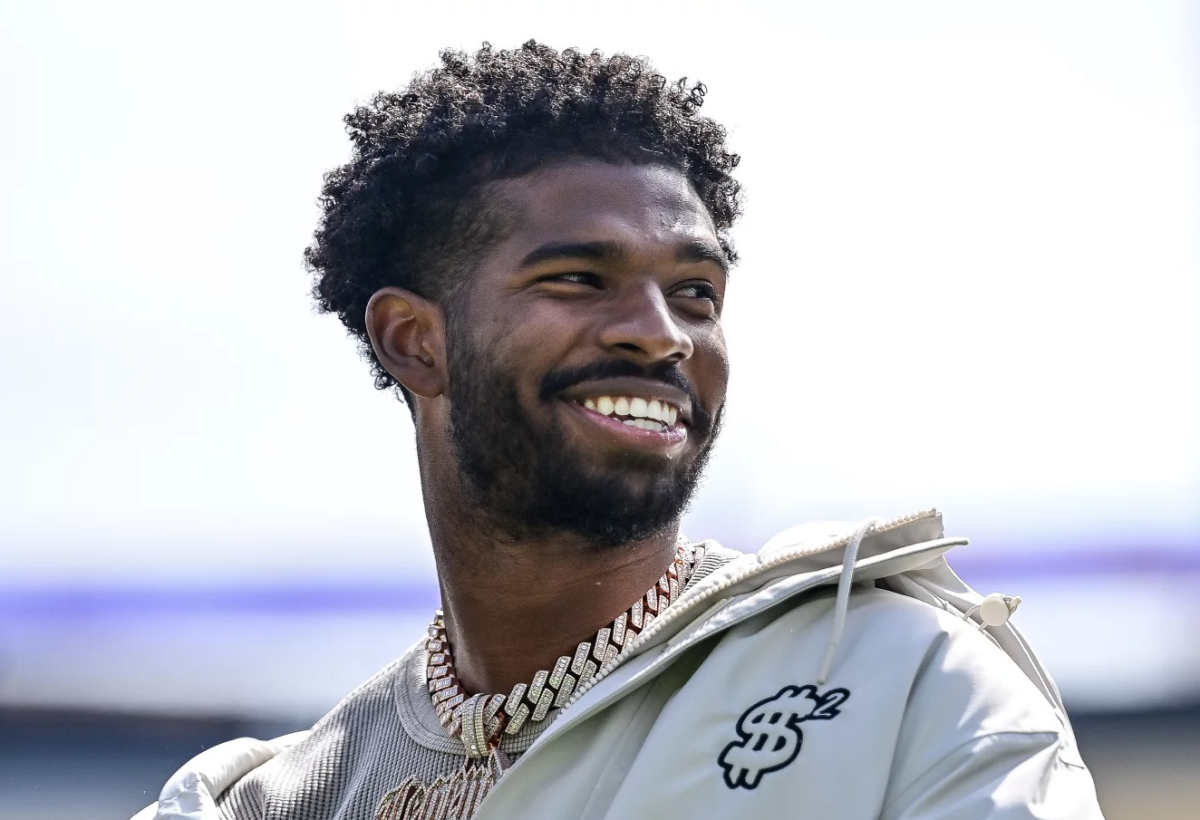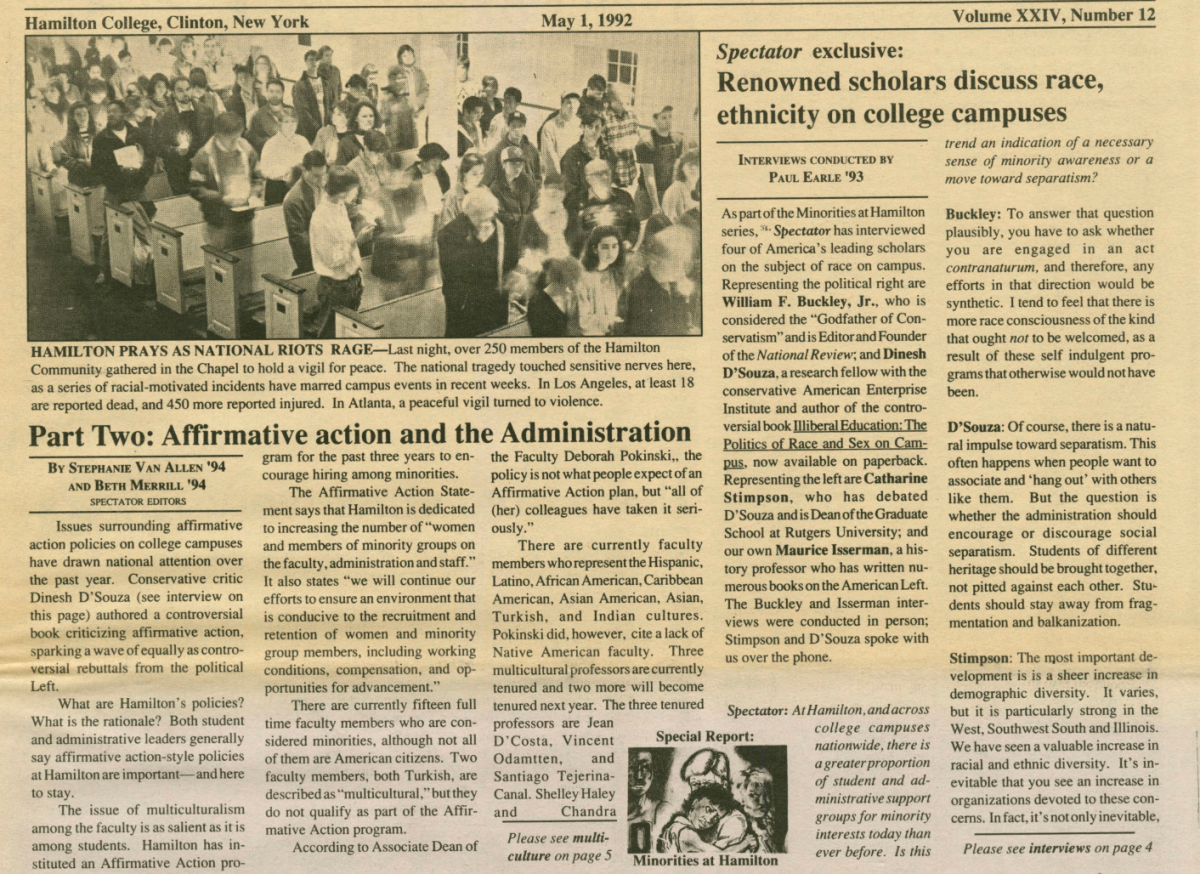For me, there is a certain
je ne sais quoi
to much of nineties music. Maybe it is because, as a Noughties child, I will always be naturally inquisitive about how life was right before I was born. As such, the ’90s have always held an irreproducible mystique in my eyes. Perhaps it is due to the vast expanse of genres that were birthed and developed by robust independent scenes throughout the world during the ’90s, like nascent super-genres such as hip-hop and electronic music. This may be due to the amount of cash that the music industry possessed during much of the ’90s, which allowed labels to splurge on maximalist recording projects, the likes of which we simply do not see today. In any case, I love the decade and its music for all they are worth. Although I do not buy into the concept of being ‘born in the wrong generation’, sometimes I privately indulge myself and wish, just for a day, that I could experience those days myself.
Every year of the ’90s is chock-full of magnificent albums, and 1996 is certainly no exception. As an homage to the fantastic records that turn 25 this year, here is the first part of my list of The 10 Most Essential Albums of 1996. I based my rankings on the albums’ quality, inventiveness, and overall impact. However, the sheer quantity of quality albums made it difficult to select just ten, so here are a handful of honorable mentions:
Emperor Tomato Ketchup
(Stereolab, March 18): Arguably the Anglo-French group’s defining record, this album blends Stereolab’s tape loop experiments with a vintage pop sensibility to make something truly ahead of its time. (Recommended track: “Cybele’s Reverie”)
Ironman
(Ghostface Killah, October 29): This Wu-Tang alum’s debut album is ludicrously entertaining, showing off his fantastic lyricism over glorious production that still hits hard to this day. Few other hip-hop records are so unfailingly consistent. (Recommended track: “Assassination Day”)
Murder Ballads
(Nick Cave and the Bad Seeds, February 5):
Murder Ballads
is a slow, brutal depiction of crimes of passion. On this sublime record, Nick Cave lends his impassioned vocals over sinister, cabaret-like instrumentation to provide a collection of songs like no other. (Recommended track: “O’Malley’s Bar”)
Richard D. James Album
(Aphex Twin, November 4): After the prince of electronic music ditched his early, groundbreaking ambient work in favor of glitchy, rapid-fire beats in 1995, Aphex Twin truly upped the ante once again by expanding electronic music’s capabilities on this remarkable record. (Recommended track: “Girl/Boy Song”)
Ridin’ Dirty
(UGK, July 31): After an impressive sophomore record, the seminal Southern hip-hop duo came into their own on
Ridin’ Dirty
. Delivered over timelessly cool instrumentals and crisp 808s, the swagger emanating from Pimp C and Bun B’s smooth-as-butter lines is palpable. (Recommended track: “One Day”)
The Score
(Fugees, February 13): One of the smoothest hip-hop records of all time, this group’s second and final studio album is astoundingly clever and conscious while flawlessly combining soul and reggae elements into a single cohesive record. (Recommended track: “Manifest/Outro”)
This Is a Long Drive for Someone with Nothing to Think About
(Modest Mouse, April 16): The debut of this legendary indie band from Issaquah, Washington is raw and unrepentantly melancholy, showcasing the tremendous lyrical prowess of Isaac Brock, the groovy basslines of Eric Judy, and the thunderous drums of Jeremiah Green in stellar tandem. (Recommended track: “Dramamine”)
All of the albums that I have chosen to place on this list are remarkable in their own ways, bursting with skill and innovation, which says a lot about the music that is turning 25 this year. Here is Part One of my 10 Most Essential Albums of 1996.
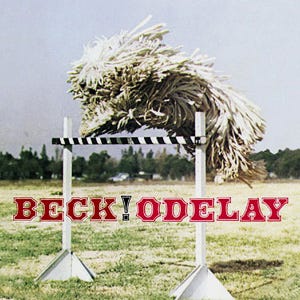
10:
Odelay
(Beck, June 18)
The obscure beginning of Beck Hansen’s musical career was undoubtedly an exercise in mediocrity. The Los Angeles native toiled in obscurity for years, recording two mildly intriguing but ultimately inconsequential lo-fi folk albums, before casually stumbling, as if fated, directly into the big time. Originally a one-off basement experiment that was never supposed to see the light of day, let alone be released as a single, “Loser” catapulted the unsuspecting Beck from obscurity into the limelight of the mid-Nineties music scene, with a rabid music press ratcheting expectations on the Nineties’ newest star. Rather than decide whether to continue peddling his anti-folk or to embrace the folk-rap that had brought him fame and fortune, Beck released an album of each in ’94, leaving fans wondering about the direction in which he would head next. However, on his fifth album,
Odelay
, Beck would not only subvert all expectations, but also establish himself as one of the most creative and inventive musicians of his time.
In many ways,
Odelay
is pop’s original manifesto of genre-defiance. The array of influences with which Beck meddles and experiments across the record’s thirteen tracks is astonishing, a virtual re-definition of what musicians could incorporate into their work while maintaining a steadfast pop sensibility. His seamless blend of alt-rock, country, and folk, all connected via the precise hip-hop production of the Dust Brothers (of
Paul’s Boutique
fame), sounds simply nothing like anything his contemporaries were producing. Beck’s additional influence flits in and out from track to track, with tinges of everything from bossa nova to Nineties R&B further highlighting the revolutionarily wide sonic palette with which he was painting. Indeed, the steps he took to blend these diverse genres into a single, unified sonic collage would go on to influence generations of genre-bending artists in his wake, as well as foster a pathway for these emerging pioneers to enter the mainstream. Of course, such bold experimentation counts for little if the artist in question doesn’t bring the songs to match; on
Odelay
, however, Beck truly brings the heat. Not a single minute of runtime is wasted, with each and every song bringing something new and refreshing to the table, hit angles and deep cuts alike. In an era where track listings and musical projects were slowly growing ever more bloated, Beckmanaged to make his statement record both mean and lean.
Like many musicians from both his era and the ones to follow, Beck was heavily inspired by the old-school hip-hop records of the late Eighties and early Nineties. Indeed, his earliest tape experiments, “Loser” included, were heavily shaped by these explosive, pioneering records from the coasts, and the revolutionary way in which they manipulated beats. On
Odelay
, Beck managed to pay homage to these influences, elevate his own artistic creativity to meet theirs, and create a record like no other in the process; in doing so, he changed the course of popular music forever and officially threw his name into the ring as one of the Nineties’ greatest, most indelible sonic pioneers.
Recommended tracks: “Devils Haircut”, “Hotwax”, “Lord Only Knows”, “Where It’s At”

9
:
ATLiens
(OutKast, August 27)
The dynamic duo of OutKast had already made a name for themselves on 1994’s
Southernplayalisticadillacmuzik
, which helped bring Atlanta into the burgeoning hip-hop industry with a new base and sound distinct to the South. Breaking the East Coast-West Coast dichotomy in Nineties hip-hop was a tall order, especially considering the storied legacy that their rivalry was already building. The action was reaching a boiling point just as OutKast was putting the finishing touches on their follow-up record
ATLiens
; Tupac died within a month of their sublime sophomore effort hitting the shelves, with Biggie following in early ’97. In a sense, the perfect storm was brewing for an alternative to these quasi-warring factions to emerge, one that embraced the rapidly expanding tapestry of hip-hop, but would infuse the genre with a much-needed diversification of sound.
ATLiens
met that need head-on, and surpassed even the wildest dreams of hip-hop heads looking for a third direction.
Dark and spacious yet retaining a soulful connection to the music of the South, the groundbreaking sonics of
ATLiens
fearlessly ploughed ahead with a new definition of what hip-hop could achieve when unencumbered by regional rivalries. Distinctive even today, the laid-back production perfectly offsets the casual yet technically superb flows of André 3000 and Big Boi across the entire record. The lyricism at hand, too, is phenomenal; the duo addresses many topical issues throughout the album’s nearly hour-long runtime, yet even when slipping into braggadocio, OutKast is always engaging. The showmanship that future releases would further highlight was already present in their music, but
ATLiens
retains a sense of perfect balance throughout: astute without being blunt, biting without being preachy, smooth without being debaucherous.
When André famously announced that “the South [had] something to say” at the 1995 Source Awards, it is safe to say that few expected the young duo fresh out of Georgia to seriously back up such a controversial statement. On
ATLiens
, not only did OutKast more than live up to their own high standards, but they laid the groundwork for a generation of Southern hip-hop artists to make a name for themselves in a rapidly diversifying hip-hop landscape.
Recommended tracks: “ATLiens”, “Wheelz of Steel”, “Elevators (Me & You)”, “13th Floor / Growing Old”
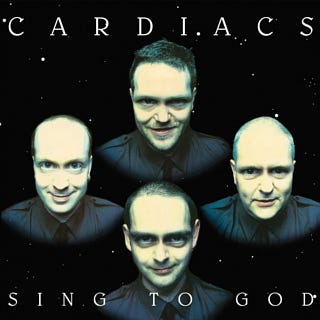
8:
Sing to God
(Cardiacs, June 11)
It is astonishingly easy to loathe Cardiacs. Their music combines much of what the average person despises about music: swift, unannounced time and key signature changes, occasionally singsongy vocals, peculiar noises, and passages that seem to come straight out of children’s books. John Peel, perhaps the most important radio DJ of our age, famously loathed the outfit, and the only review that the British music industry deigned to publish for their fourth album,
Sing to God
, was an embarrassing 0/10. Beneath the jolting and the jarring components of Cardiacs’ music, however, lies a rich and complex tapestry of melodic songwriting, the brainchild of a man who fans and critics alike have described as the Mozart of our times.
The singular genius of Tim Smith had been the propulsive force behind Cardiacs’ finest work approaching ’96; it is unsurprising, then, that his fingerprints are all over
Sing to God
. Within the monumental double album lies an unprecedented smorgasbord of creativity, with seemingly unrelated genres juxtaposed in the most counterintuitive ways. Despite all conventional wisdom, the peculiar blend succeeds at every avenue, with the ambitious multi-part structures of progressive rock and boundless punk energy holding each track together by a thread, all with a general sound strangely reminiscent of the contemporaneous Britpop scene within which
Sing to God
was recorded. In multiple ways, Smith’s composition justifies the classical-style accolades often lobbed his way, as the transferring modes and motifs within each song are more than faintly reminiscent of the techniques his centuries-old forebears often utilized. Just as classical composers developed these modes with ever-changing variations, so too does Smith vary his melodies slightly, except instead of spanning whole movements, Cardiacs’ songs are compressed into roughly four-minute nuggets of incredible energy.
The recipe for Cardiacs’ qualified success never changed significantly during their career, and as such,
Sing to God
represents not a massive left-turn for the band, but rather the natural culmination of a decade of their recording. On this record, Smith’s grand and eclectic artistic vision undoubtedly comes to life in its most compelling state. There is not a single mediocre moment on
Sing to God
’s entire first half, and some of the band’s finest-ever tracks are to be found on its second. Smith died last July, after a 2008 heart attack left him bedridden for over a decade. Even if this music seems unappealing to you on principle or on first listen, find a way to pursue it nonetheless. Heck, even just listening to the chord progressions is mind-blowing.
Recommended tracks: “Dirty Boy”, although listening to the album fully and in sequence is ideal.
Stay tuned for the next part of The 10 Most Essential Albums of 1996, and happy listening!

